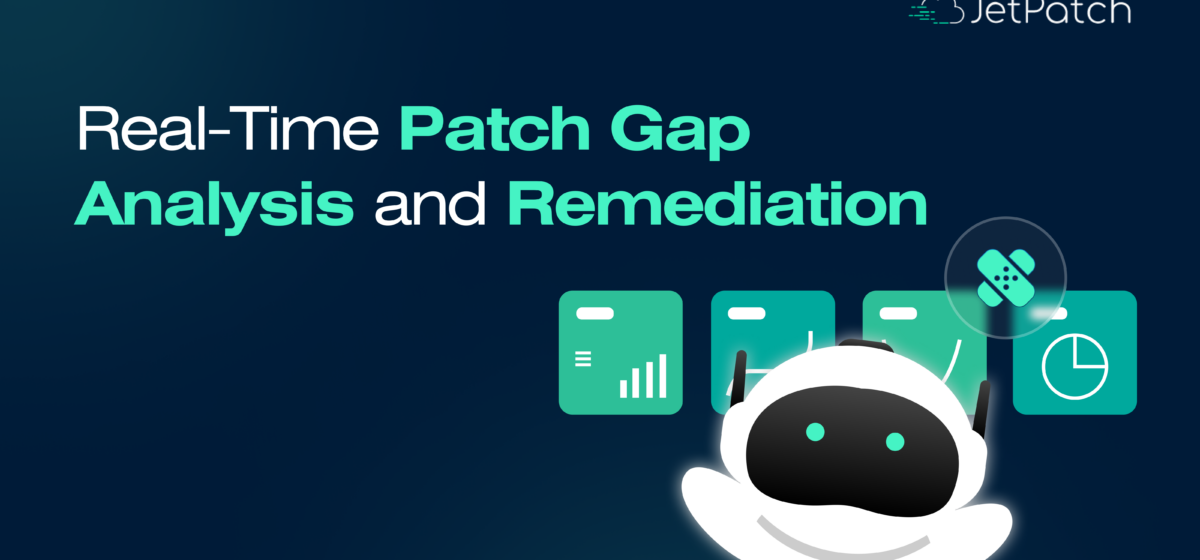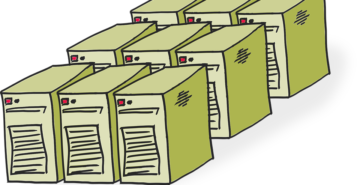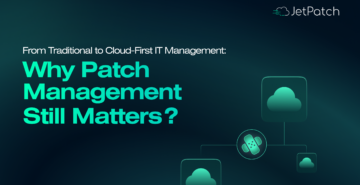Cybersecurity threats are everywhere, and understanding why real-time insights matter is key. The modern enterprise IT landscape faces a constant barrage of cyber threats. In industries like finance, healthcare, and technology, the stakes couldn’t be higher. While organizations deploy sophisticated vulnerability assessment tools, many still fall short in bridging the gap between identifying threats and addressing them in real time. This “patch gap” is where attackers thrive, exploiting delays and oversights. Let’s understand why patch gaps remain a challenge and how to address them effectively.
Evolving Threat Landscape and Vulnerabilities
Data from the Ponemon Institute reveals that 60% of breaches result from unpatched vulnerabilities(source) The fast-evolving nature of threats has rendered traditional quarterly or even monthly patching cycles ineffective. Attackers exploit these vulnerabilities faster than ever, making real-time solutions imperative
Organizations increasingly rely on vulnerability assessment tools to stay ahead of these threats, ensuring they have a clear understanding of their exposure and can act quickly.
Why Traditional Approaches Fall Short
Legacy systems face several challenges. Some of them are:
1. Lack of Agility in Legacy Systems
- Traditional systems are often rigid and unable to adapt quickly to emerging threats.
- They struggle to integrate seamlessly with modern tools and technologies needed for real-time threat detection and response.
2. Challenges of Manual Patching Processes
- Manual patching is inherently time-consuming, requiring extensive human effort for each update.
- These processes are highly error-prone, increasing the risk of critical vulnerabilities being overlooked or improperly addressed.
- Delays in manual patching can leave systems exposed to known threats for longer periods.
3. Inadequacy in Addressing Modern Cybersecurity Needs
- Legacy approaches fail to provide the speed and accuracy required to combat today’s sophisticated cyber threats.
- The inability to ensure timely updates and effective risk management underscores the limitations of manual and outdated processes.
This inadequacy highlights the critical role of automated patching in modern cybersecurity strategies.
Key Components of Real-Time Patch Gap Analysis
How do organizations successfully tackle patch gaps? Here’s a breakdown of the most crucial elements needed to manage vulnerabilities in real-time.
1. Identifying and Prioritizing Critical Assets
Effective vulnerability assessment tools emphasize identifying mission-critical systems. These tools analyze which vulnerabilities pose the most risk, allowing teams to prioritize resources where they matter most.
2. Continuous Monitoring for Emerging Threats
Continuous monitoring is no longer optional; it’s essential. Solutions that provide live threat intelligence and integrate seamlessly across platforms ensure that vulnerabilities are flagged the moment they arise. Incorporating vulnerability assessment tools into this process enhances the accuracy of threat detection.
3. Real-Time Data Integration Across Platforms
Data silos often hinder patch management. Integrating tools like Security Information and Event Management (SIEM) with automated patching solutions enhances visibility and efficiency.
Tools and Technologies Enabling Real-Time Analysis
Real-time analysis is only as effective as the tools driving it. Discover the technologies that power modern vulnerability management strategies.
1. Advanced Threat Intelligence Platforms
Leveraging AI-driven platforms enables rapid analysis of vulnerabilities and provides actionable insights. Gartner predicts that by 2026, AI-driven solutions will be a critical component of 80% of vulnerability management programs. (Source)
2. Role of AI and Machine Learning in Patch Management
AI-driven vulnerability remediation identifies patterns in threats, predicts future vulnerabilities, and automates responses, drastically reducing manual intervention.
3. Integration with ITSM and Automation Tools
Tools like ServiceNow or Jira streamline processes, ensuring seamless communication between IT teams and automating workflows for patch deployment. (Source)
Effective Remediation Strategies
Patching is just the beginning. Learn about the strategies that ensure vulnerabilities are effectively addressed with minimal disruption.
1. Risk-Based Prioritization of Patches
By aligning remediation efforts with business priorities, organizations can address vulnerabilities that pose the greatest risk first. This ensures maximum impact with limited resources. For detailed strategies on prioritizing patches effectively, refer to The Ultimate Guide to Linux Server Patch Management.
2. Orchestrating Zero-Impact Deployment
Deploying patches in real-time without disrupting business operations requires robust testing environments and phased rollouts.
3. Testing and Validation Best Practices
Comprehensive testing ensures patches do not introduce new issues. Automated testing platforms expedite this process while maintaining reliability.
Measuring Success: Metrics and KPIs for Patch Management
Success in patch management isn’t just about deploying patches; it’s about knowing how well you’ve done it. Let’s explore the key metrics and KPIs that define effective management.
1. Mean Time to Remediation (MTTR)
MTTR is a critical indicator of how quickly an organization responds to vulnerabilities. Lower MTTR correlates with reduced risk exposure. (Source)
2. Compliance Audit Readiness
Regulatory requirements like GDPR or HIPAA demand stringent patch management protocols. Meeting these ensures not only security but also compliance.
3. Patch Success Rates and Error Analysis
Tracking patch success rates and identifying patterns in failed deployments can highlight areas for improvement.
(Infographic: source)
Overcoming Challenges in Real-Time Patch Management
Patch management isn’t without its challenges, but understanding and addressing them head-on is essential. Here’s how organizations overcome common obstacles.
1. Scalability and Resource Constraints
Organizations often face resource constraints in managing extensive IT infrastructures. Solutions like automated patching alleviate this by reducing manual workload.
2. Balancing Speed and Stability
Rapid patch deployment must not compromise stability. Adopting a phased rollout strategy mitigates risks of unexpected failures.
3. Addressing Cross-Platform Compatibility Issues
Heterogeneous environments pose unique challenges. Cross-platform tools ensure consistent remediation across diverse systems. Adding vulnerability assessment tools to the mix can help mitigate compatibility issues and enhance overall system health.
Future Trends in Patch Gap Analysis and Remediation
What does the future hold for patch gap analysis? Let’s explore the trends that will shape tomorrow’s cybersecurity landscape.
1. Predictive Analysis with Advanced AI
Emerging AI tools predict vulnerabilities before they are exploited, offering a proactive approach to security.
2. Moving Toward Autonomous Patch Management Systems
Autonomous systems represent the next frontier in vulnerability remediation, reducing reliance on human intervention.
3. The Role of Regulatory Evolution in Shaping Best Practices
As regulations evolve, they will drive the adoption of advanced patch management techniques, ensuring that organizations remain compliant and secure.
Key Takeaways and Next Steps for IT Leaders
In the face of ever-evolving cyber threats, organizations must leverage real-time vulnerability assessment tools, embrace automated patching, and adopt proactive vulnerability remediation strategies. By doing so, they not only safeguard their systems but also maintain regulatory compliance and build customer trust. The journey toward seamless patch management begins with understanding the critical gaps and investing in the right technologies. The future of cybersecurity lies in predictive, automated, and integrated solutions. Are you ready to close your patch gap with Jetpatch? Our platform integrates with your IT environment, empowering your team with smarter, faster, and more cost-effective solutions.



